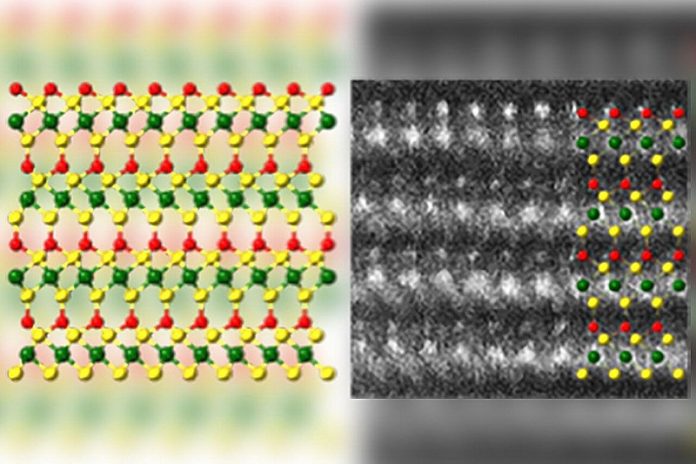
A team of researchers led by the California NanoSystems Institute at UCLA has discovered a powerful new way to combine magnets with semiconductors—the materials that form the core of computers, smartphones, and most electronic devices.
Their breakthrough could pave the way for the next generation of faster, smaller, and more energy-efficient technologies, including spin-based electronics and quantum computers.
For decades, scientists have tried to merge magnetism into semiconductors, but progress has been slow.
Until now, they could only replace a tiny portion—about 5%—of the atoms in a semiconductor with magnetic atoms.
Any more than that, and the magnetic atoms would start to clump together, disrupting the material’s properties and making it harder to control.
The new method changes that.
The UCLA-led team developed a technique that can include up to 50% magnetic atoms in semiconductor materials—ten times more than previous methods allowed.
They used elements like iron, manganese, and cobalt and combined them with a variety of semiconductor materials, creating a library of over 20 brand-new magnetic semiconductors.
The new approach involves stacking together ultra-thin layers of semiconductors and layers of magnetic atoms in an organized way. This layered design allows each component to keep its unique properties while also forming entirely new magnetic behaviors that weren’t possible before.
The researchers also tested this strategy on other types of materials, such as superconductors and topological insulators. Superconductors can carry electricity with zero resistance under certain conditions, while topological insulators behave like insulators inside but let electricity move freely along their surfaces.
The new layered materials kept their special properties but also gained magnetic traits, which opens exciting new possibilities for research and applications.
One major area of promise is spintronics, a type of electronics that relies on a particle’s spin—a quantum property of electrons that works a bit like a tiny magnet. Traditional electronics use an electron’s charge to process information.
Spintronics, however, uses the direction of an electron’s spin (up or down) to store and transfer data.
This approach can process information faster and with less energy, producing less heat and taking up less space—critical advantages for building more powerful and sustainable computers.
Spintronic technology already plays a role in hard drive read heads, but this new research could expand its use dramatically.
The new materials could even help build quantum computers, machines capable of solving problems that today’s computers cannot. These exotic devices often require extremely cold environments to function, but magnetic semiconductors may help raise their operating temperatures, making quantum technology more practical.
In the long run, these new materials could also be used to explore the basic forces of nature.
By combining magnetism and semiconductors in new ways, researchers can study how particles behave at the smallest scales and unlock new knowledge about the universe itself.
This work not only pushes the boundaries of material science but also points toward a future where electronics are more powerful, sustainable, and capable than ever before.



